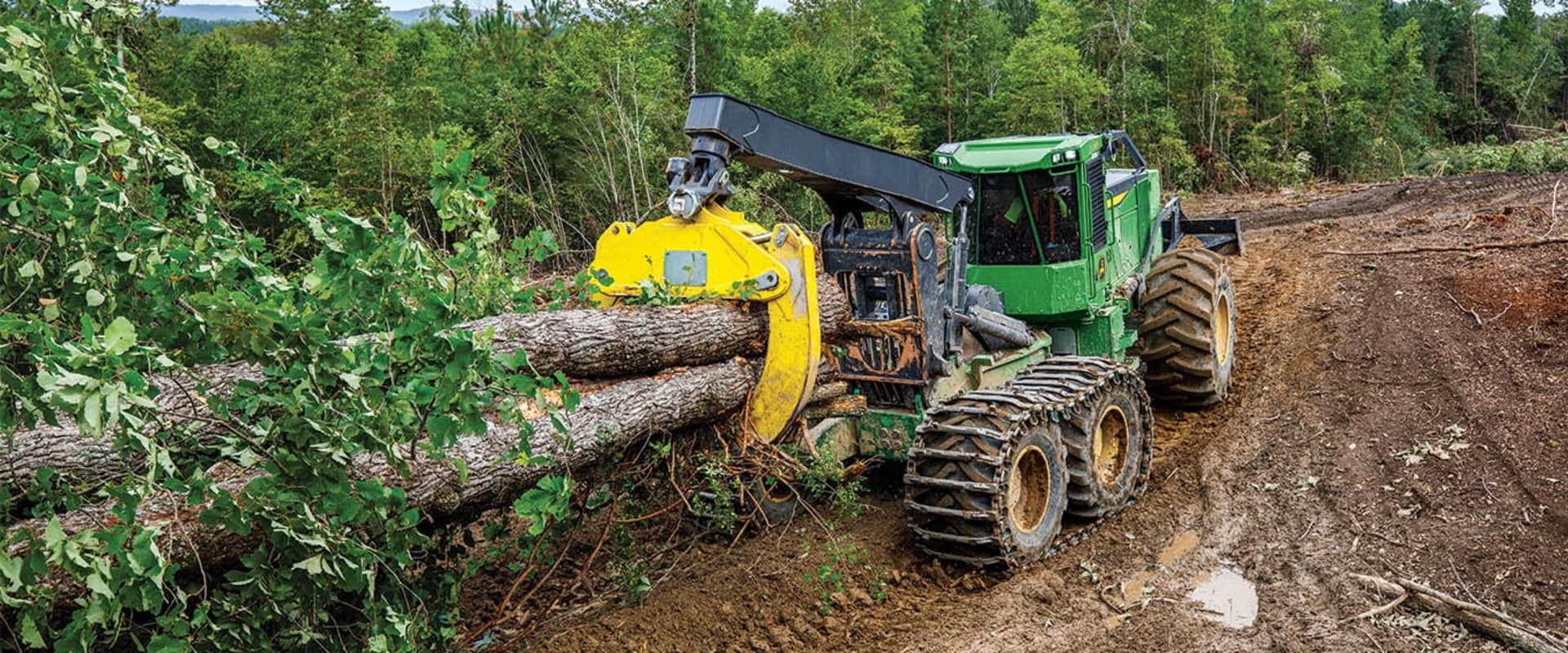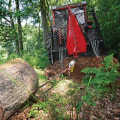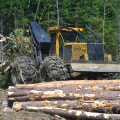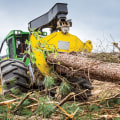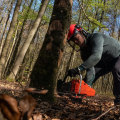Forestry operations are an essential part of managing and maintaining our forests. From harvesting timber to reforestation, these operations require specialized equipment to efficiently and effectively carry out the tasks at hand. One such piece of equipment is the skidder.A skidder is a heavy-duty vehicle used in forestry operations to transport logs from the cutting site to a landing area where they can be loaded onto trucks for transportation. It is an essential tool in the logging industry, and its purpose goes beyond just moving logs.
The Evolution of Skidders
The first skidders were horse-drawn sleds used in the late 19th century.They were later replaced by steam-powered skidders, which were then replaced by gasoline-powered ones in the early 20th century. Today, skidders are primarily powered by diesel engines and come in various sizes and configurations to suit different forestry operations. Modern skidders are equipped with advanced features such as four-wheel drive, articulated steering, and grapple arms for efficient log handling. They also have protective structures to ensure the safety of the operator.
The Role of Skidders in Forestry Operations
The primary purpose of a skidder is to move logs from the cutting site to a landing area. This process is known as skidding.Skidders are designed to operate in rough terrain and can handle steep slopes, muddy conditions, and other obstacles that would be challenging for other vehicles. Skidders play a crucial role in minimizing damage to the forest floor during logging operations. They are designed with wide tires that distribute the weight of the vehicle evenly, reducing soil compaction and damage to tree roots. This is especially important in sustainable forestry practices, where minimizing the impact on the environment is a top priority. Another essential role of skidders is to assist in yarding, which is the process of moving logs from the cutting site to a central location for processing. Skidders can be used to pull logs up steep slopes or through dense vegetation, making it easier to transport them to the landing area. Skidders are also used in clearcutting, where all trees in a designated area are harvested.
In this process, skidders are used to remove the felled trees and transport them to the landing area for processing. They can also be used in selective logging, where only specific trees are harvested, and the skidder is used to transport them to the landing area.
The Advantages of Using Skidders
Skidders offer several advantages over other types of forestry equipment. One of the main advantages is their versatility. They can operate in various terrains and conditions, making them suitable for different types of forestry operations.They are also relatively easy to operate, and with proper training, operators can quickly learn how to use them effectively. Another advantage of using skidders is their efficiency. They can move large quantities of logs in a short amount of time, reducing the overall cost of logging operations. This is especially important in commercial logging, where time is money. Skidders also have a lower impact on the environment compared to other types of forestry equipment. As mentioned earlier, their wide tires and low ground pressure help minimize damage to the forest floor.
They also have a smaller footprint, which means they can maneuver through tight spaces without causing damage to surrounding trees.
The Future of Skidders
As technology continues to advance, so does the forestry industry. Skidders are no exception. Manufacturers are constantly working to improve the efficiency and sustainability of skidders. Some companies have started developing electric skidders, which would significantly reduce emissions and noise pollution in logging operations. There is also a growing trend towards autonomous skidders, which would eliminate the need for an operator and increase safety in hazardous logging environments.These advancements in skidder technology will undoubtedly shape the future of forestry operations.
